games Posts on Crowch
🧱 “They Were All Dead…” — A Legacy Begins
Few lines in gaming are as iconic as:
“They were all dead. The final gunshot was an exclamation mark to everything that had led to this point.”
Spoken in the gravelly voice of James McCaffrey, this was the opening of Max Payne (2001) — the game that redefined action storytelling. Developed by the Finnish studio Remedy Entertainment, it combined innovative gameplay with an unmistakable noir style. Slow motion ("bullet time") was used for the first time in an interactive experience, bullets had real-world physics, and instead of traditional cutscenes, the story was told through haunting graphic novel panels.
Max Payne didn’t just entertain — it immersed. A dark, tragic revenge tale wrapped in cynical poetry and comic book aesthetics.

🔄 From Snow to Rain: Why the Sequel Divided the Fans
Just two years later, in 2003, Max Payne 2: The Fall of Max Payne hit the shelves. Despite gameplay improvements, fans had mixed feelings. The visuals were more refined, the gunplay smoother, and the physics far superior — yet something felt… different.
The noir atmosphere remained, but it had changed form. Snow was replaced by rain. The iconic face of Max (modeled after writer Sam Lake) was replaced with a more fitting but unfamiliar visage. The story was shorter, tighter, and less epic. And most jarringly — Max had changed.
😔 The Evolution — Or Loss — of a Hero
In the original, Max was a noir action hero: sardonic, sharp, and sarcastic even in the face of death. His monologues were filled with metaphor, dark humor, and irony. Think John McClane meets a broken poet.
In Max Payne 2, that voice is nearly gone. Max now exists in a constant state of regret and melancholy. He doubts himself, broods in silence, and rarely smiles. The witty remarks are scarce. The metaphors — once vibrant — feel muted.
For some fans, this emotional transformation was mature storytelling. For others, it was like following a stranger who wore the name "Max Payne" but didn’t feel the same.

🧩 The Shrinking Scope
Max Payne began with a cliché — a man seeking revenge for his murdered family. But as the story progressed, it unraveled into a wild conspiracy involving secret military experiments and hidden laboratories beneath New York. It was big, bold, and pulpy in the best way.
In contrast, Max Payne 2 pulled everything inward. The sequel focused on a contained mob war. No underground labs, no super-soldiers. Just betrayal, obsession, and bloodshed. Some praised its intimacy. Others saw it as a downgrade — an “anti-sequel” that chose subtlety over spectacle.
🦹 Vlad vs Valkyr: Stronger Villain, Smarter Ending
Illustration Prompt: Charismatic Russian mobster Vladimir Lem in a velvet suit, raising a glass of wine; background fades into fire.
If there’s one place where Max Payne 2 undeniably shines, it’s in its antagonist. While the original climaxed with a cold corporate villain (played by Sam Lake’s own mother), the sequel gave us the unforgettable Vladimir Lem. Elegant, manipulative, and entertaining, Vlad is the perfect foil for the broken Max. His arc adds weight and urgency to every scene.
Likewise, while the original ended in comic-book absurdity — with secret experiments and government cover-ups — the sequel concludes with a grounded, emotional finale. It’s smaller in scope, but stronger in resonance.
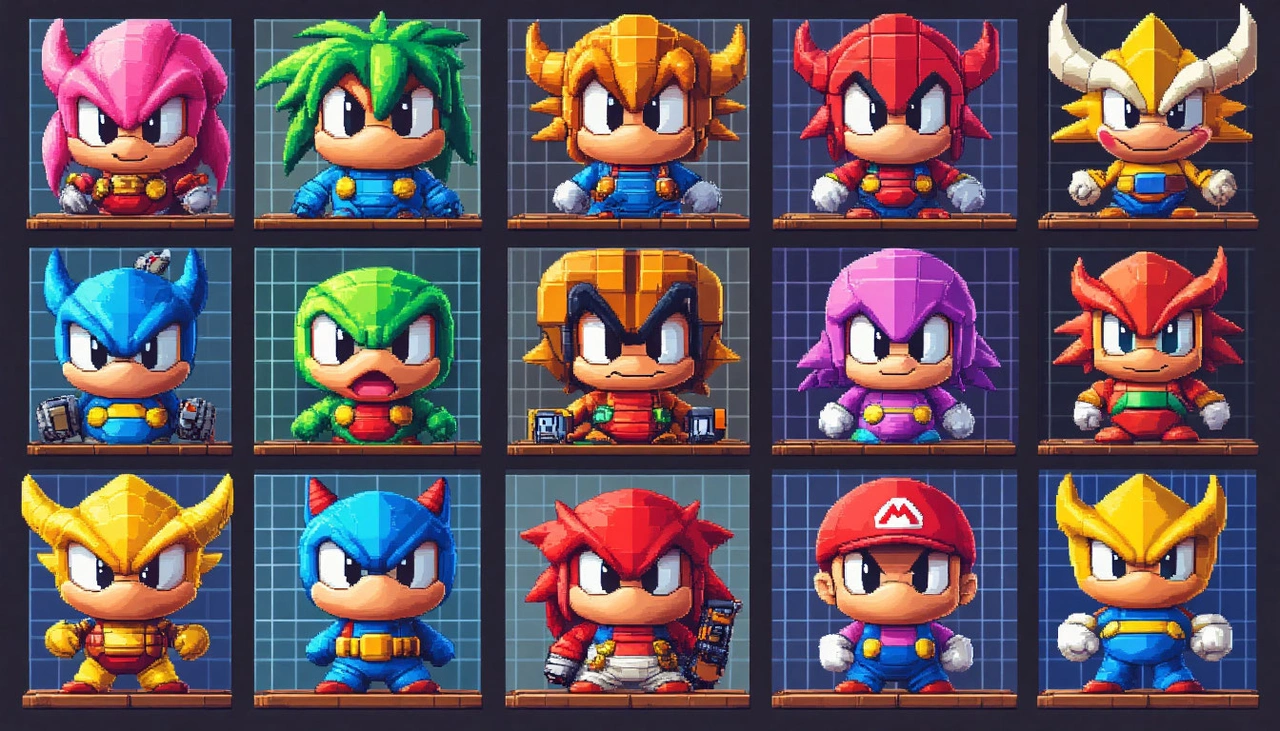
🎮 From Soviet Tool to Global Phenomenon
When Alexey Pajitnov first developed Tetris in 1984 at the Soviet Academy of Sciences, his goal was purely practical — to test the capabilities of Soviet computers and operators’ multitasking under pressure. But what began as a utility quickly evolved into something far more impactful: a global gaming phenomenon.
Its intuitive logic, spatial challenge, and hypnotic progression turned Tetris into a cross-cultural classic. And over time, it began to shape not just how people played, but how they thought. Studies revealed that playing Tetris improves visual-spatial reasoning, accelerates decision-making, boosts concentration, and even helps reduce trauma-induced flashbacks, earning it a place in PTSD therapy and post-stroke recovery.
But what happens when the familiar formula is flipped, twisted, and uniquely reimagined? Enter Japan’s take on the classic.

🇯🇵 The Japanese Remix: When Familiarity Breaks
In the early to mid-1990s, Japanese developers took the world’s obsession with Tetris and reinvented it with bold artistic styles, local themes, and drastically altered mechanics. These new puzzle games broke classic gameplay conventions and challenged the rigid schemas many players developed through hours of Tetris.
What emerged were games that forced players to adapt, rethink, and reframe their strategies — turning puzzle-solving into a deeper mental exercise. Let’s look at five standout titles from Japan that continue to surprise, challenge, and entertain to this day.
🌸 Panel de Pon (1995)
Instead of falling blocks, colorful cubes rise from below. Your job is to swap horizontally adjacent blocks to create lines of three or more matching symbols — hearts, stars, triangles, and more. Vertical thinking? Forbidden.
The real twist? If you clear a column, isolated blocks fall under gravity — something that Tetris never allowed. You’re not just clearing blocks — you’re orchestrating chain reactions.
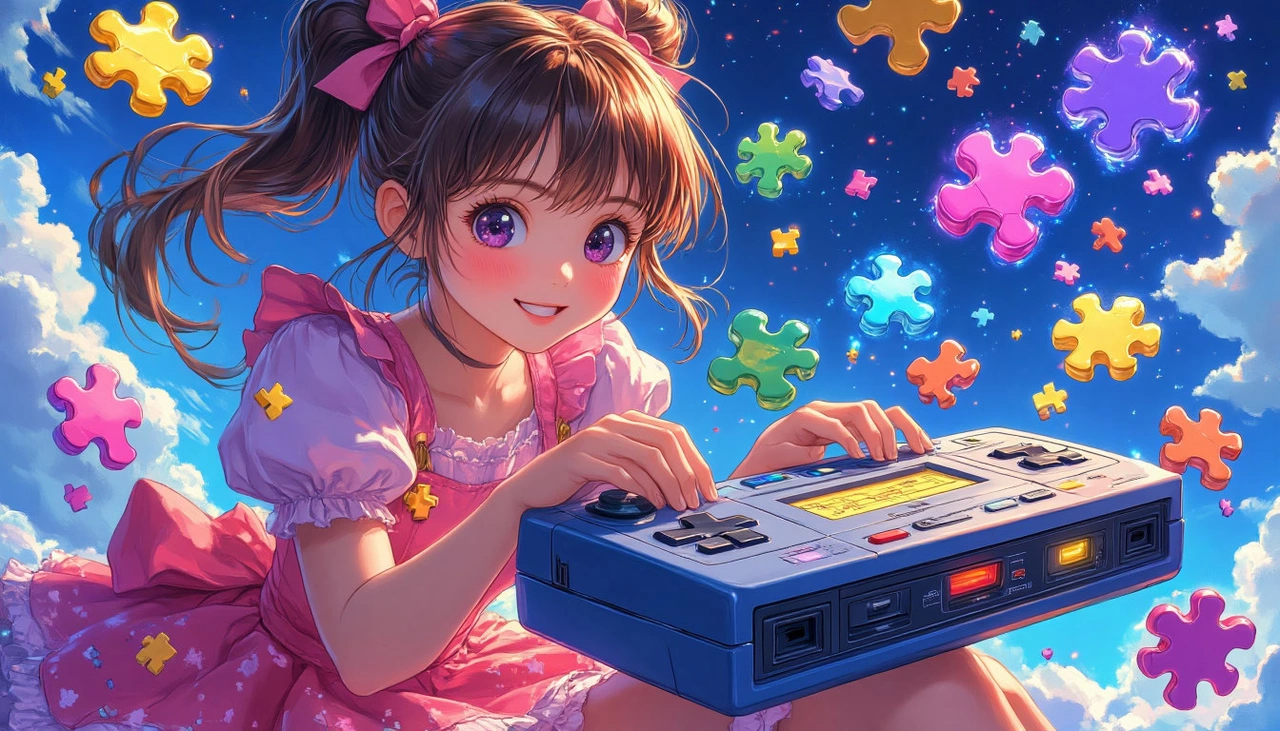
🐾 Nontan to Issho: Kurukuru Puzzle (1994)
Inspired by a beloved Japanese children's book, this charming puzzle game features cute animal tiles that drop in pairs. The challenge? Each tile has a front and back — say, a whole apple vs. a sliced one — and the player must flip and align images, not just match them.
Unlike in Tetris, rotating doesn’t mean shifting spatial direction. It means flipping logic, literally. This demands not only spatial awareness but memory and quick adaptation.
💣 Super Bomberman: Panic Bomber W (1995)
Here, you're juggling bombs instead of blocks. They come in triads shaped like an "L" and can explode in vertical, horizontal, and even diagonal chains — an angle Tetris never explored.
The real kicker? A well-timed combo drops explosive bonuses that trigger chain reactions. It’s a game of delayed gratification and planning explosions several moves ahead.
🧙 Mahou Poi-poi Poitto! (1994)
Fantasy-themed and fast-paced, this lesser-known title drops blocks made of four fantastical icons — magical orbs, helmets, enchanted flames — and challenges players to create complex chains in all directions.
It’s arguably the most chaotic of the group and, for many, the hardest to master. Matching shapes isn’t enough; understanding multi-directional chains and predicting cascading effects is key.
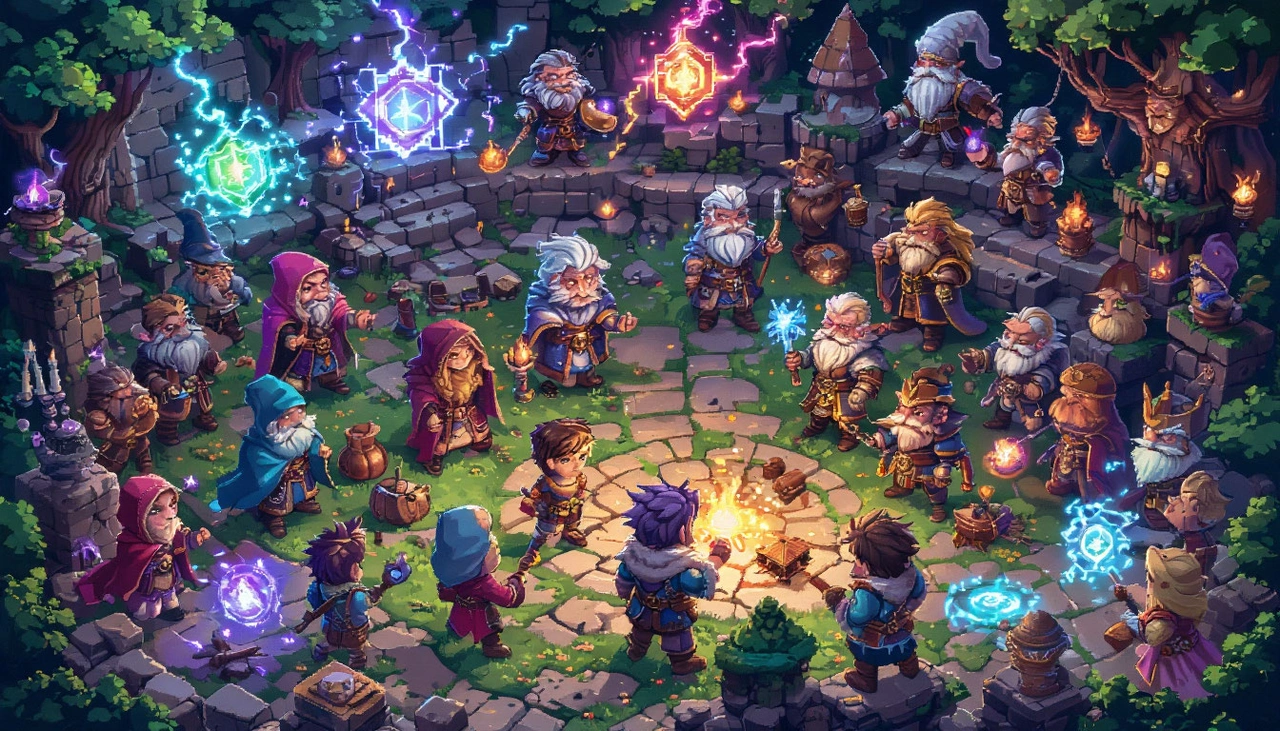
💧 Puyo Puyo (1991)
One of the most iconic Japanese puzzle franchises, Puyo Puyo drops pairs of jelly-like "puyos" with googly eyes into your field. Group four or more of the same color, and they vanish.
While diagonal connections don’t count, Puyo’s depth lies in chaining collapses — a single combo can set off massive field-clearing avalanches. Strategy here is long-term and reactive, not just spatial but rhythmic.
🧠 What These Games Teach Us
Where classic Tetris sharpens basic reflexes and spatial memory, these Japanese variants force players into cognitive flexibility. They challenge assumptions, reward unconventional thinking, and often — quite literally — turn logic on its head.
Each game breaks a different rule:
- Panel de Pon bans vertical movement
- Nontan adds semantic flipping
- Bomberman rewards diagonal strategy
- Mahou Poi-poi goes full chaos
- Puyo Puyo favors ripple-effect planning
When Clair Obscur: Expedition 33 launched, it didn’t just quietly enter the JRPG landscape — it roared in, selling over 2 million copies within the first two weeks. An astonishing feat for a debut project from a 30-person studio, Sandfall Interactive. Yet, once you play it, you might mistake it for a creation of a massive AAA team — until you dig deeper.

🌌 Born from Passion, Not from Power
Behind this success lies a heartfelt story. The game’s creative lead, Guillaume Broche, previously at Ubisoft, formed Sandfall Interactive with a team of mostly newcomers to the game industry. The result? A JRPG love letter — fueled by deep admiration for Final Fantasy and the genre as a whole. That passion translated into polish, worldbuilding, and emotional depth rivaling industry giants.
The attention to detail, the soulful combat, and even the musical design all reflect a team that treated this game not just as a product, but as a legacy in the making.
🖌️ Lumière, Gommage, and the Artist’s Curse
Set in the fantastical city of Lumière — a broken shard of a once-whole world — Expedition 33 takes place 67 years after the mysterious "Fracture." Humanity clings to survival under a magical dome that shields the last remnants of civilization from monstrous invaders.
Every year, a mythical figure known as The Artist paints a number on a massive monolith. Anyone whose age matches that number vanishes in an event called Gommage. To avoid this erasure, those nearing the age limit volunteer for a doomed mission: Expedition 33 — the last stand to stop the Artist and end the curse.
While this premise seems bleak, the game paints it with strokes of hope, camaraderie, and personal sacrifice. Characters fight not only for survival, but for meaning — and perhaps, for love.
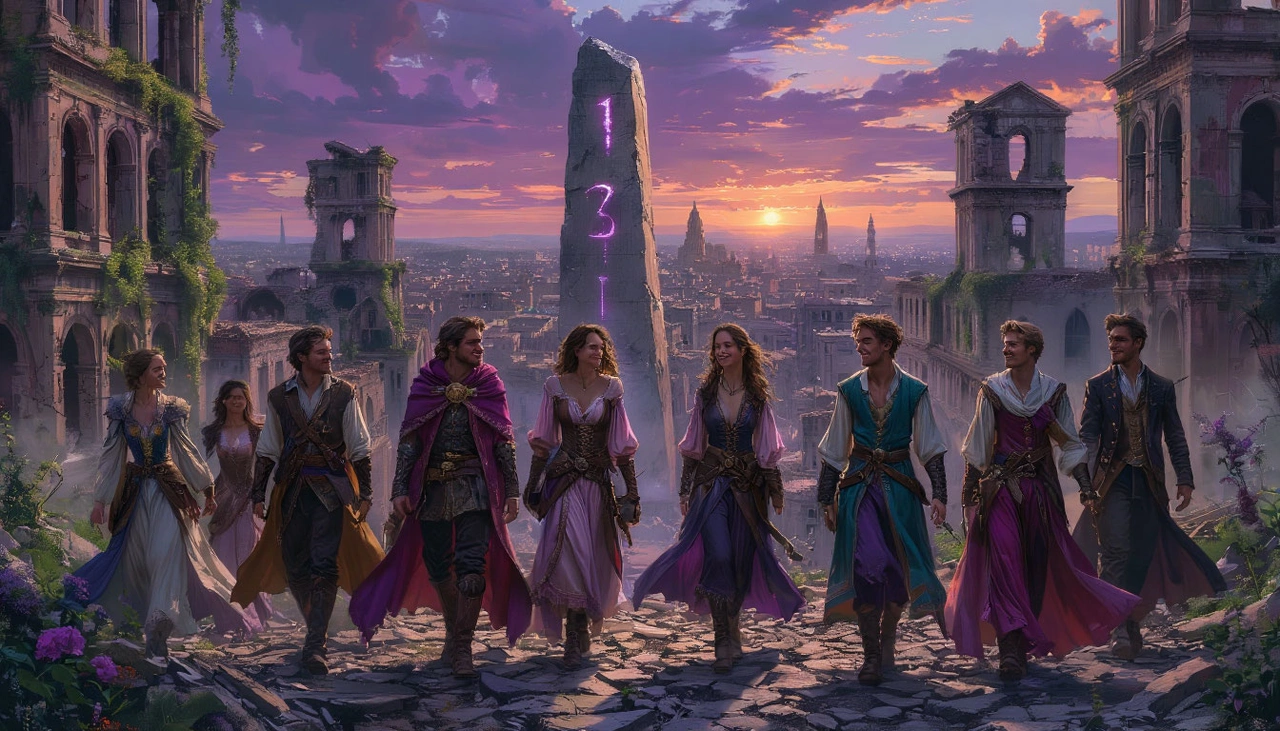
⚔️ Combat: Tradition Reinvented
Clair Obscur retains the iconic turn-based format of classic JRPGs, but with meaningful modern twists. Enemies are visible in the world — no random encounters — and engaging them first grants a tactical advantage. Battles shift to a dedicated arena, reminiscent of Final Fantasy X.
Each character has access to standard attacks, consumable items, and unique skills that consume Action Points (AP). A familiar system to fans of Honkai: Star Rail, but with more tactical variety. You can also manually aim to target weak points or break enemy shields.
What sets the game apart? A fully reactive defense system. Borrowing from Soulsborne and Super Mario RPG, players can dodge or parry enemy attacks in real time during quick-time moments. Dodge gives safety, parry opens counters. Mastering this system can, in theory, allow players to complete the game without taking damage — a challenge few will accept, but many will admire.
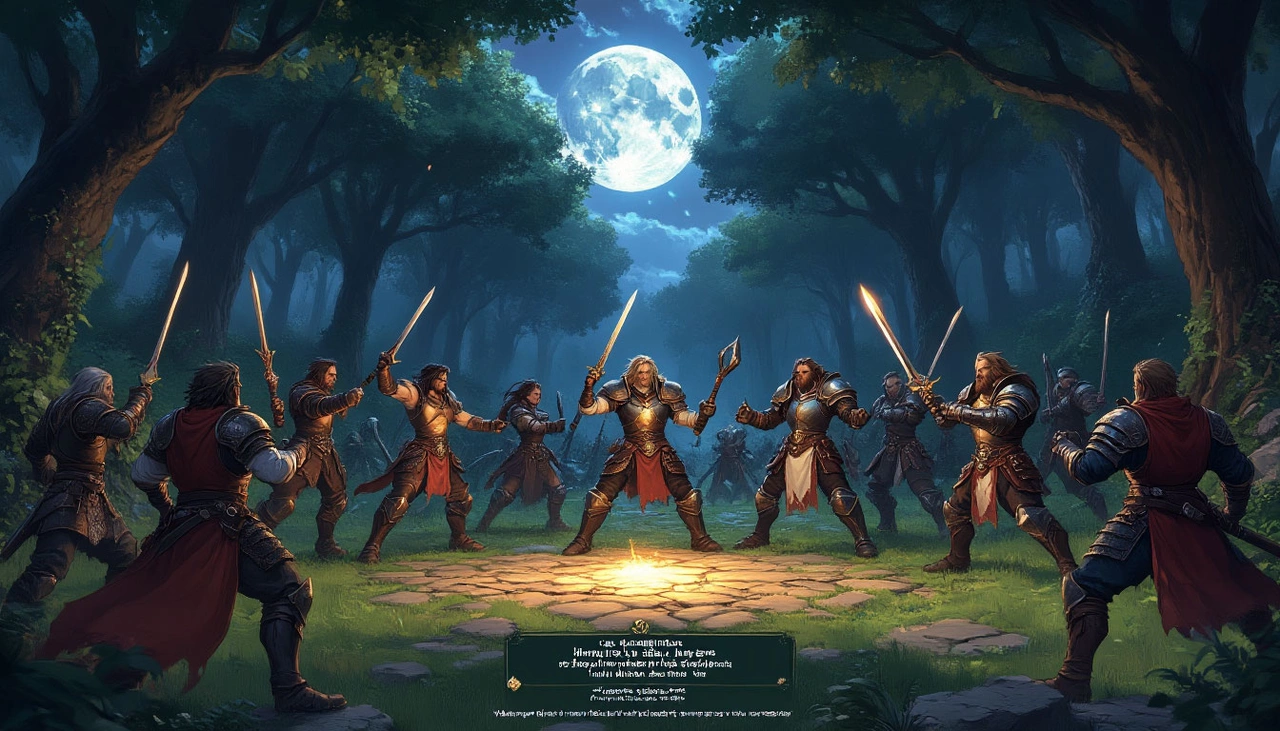
🧬 Stats, Builds, and Strategic Flexibility
Each hero's effectiveness is determined by core stats like Speed, Strength, Dexterity, Defense, and Luck. Upon leveling up, you assign points to shape your fighters — alongside skill points for unlocking new abilities. Stronger abilities can require up to 10 points to unlock.
You'll control up to six unique characters throughout the journey:
- Gustave, the one-armed inventor, uses a modular prosthetic that can deliver electric shocks or stuns, echoing Sekiro’s prosthetic arm.
- Luné, an elemental mage, blends fire, ice, earth, and lightning — using chain combos to amplify spells or heal allies.
- Maëlle, the duelist, changes between three stances: defensive, offensive, and virtuoso — the latter being all-in risk and reward.
- Ciel, drawing on sun and moon energy, marks enemies with “omens” then unleashes lunar devastation.
- Verso, a classic swordsman, becomes more powerful the longer he avoids damage — building up a Devil May Cry-style perfection rank.
- Monoko, the blue mage, absorbs skills from over 60 enemy types, enabling wild builds with buffs, debuffs, and elemental surprises.
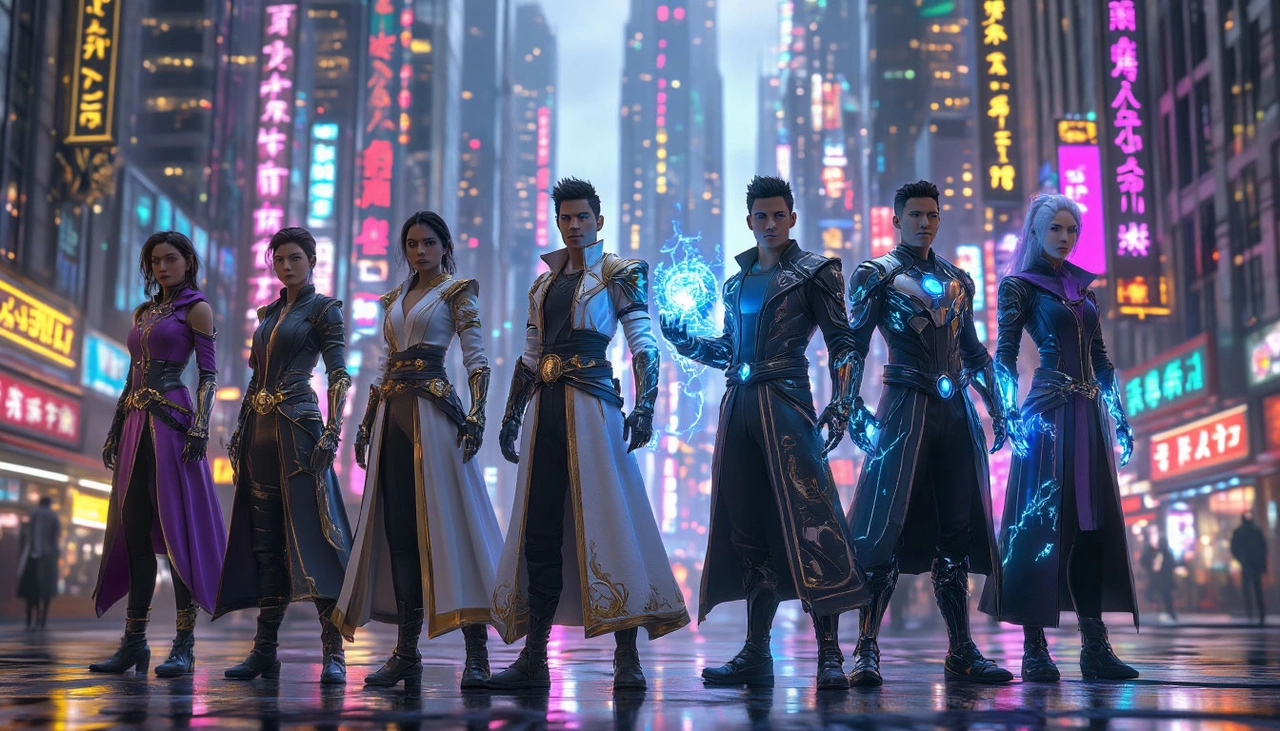
🔮 Class Crafting with Picthos and Lumins
What makes Clair Obscur so satisfying for theorycrafters is the depth of its character customization. Equipable relics called Picthos boost attributes and grant passive abilities called Lumins. After winning four battles, a Lumin becomes permanently usable by any party member.
By combining different Picthos, you can transform any character’s role: tank, support, damage-dealer, or even solo specialist. Buffs like pre-battle AP bonuses, HP regeneration, or automatic shielding give room for countless team strategies.
The game even introduces skills that only activate when a character is alone on the field. In the event of a full party wipe, a backup character enters — and with the right setup, can turn the tide solo with boosted stats and guaranteed crits.
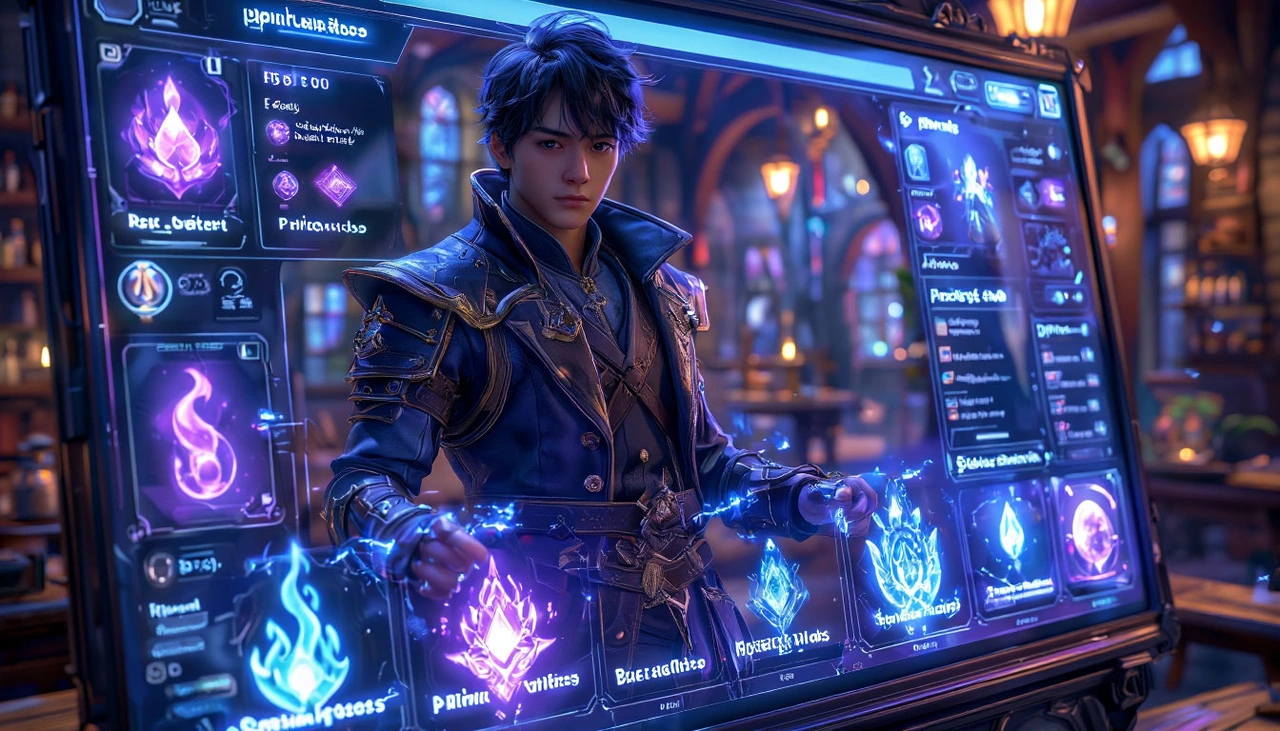
🌟 Clair: A Shining Accomplishment
Still, none of that overshadows the sheer brilliance of what this small team achieved. While not a revolutionary JRPG, Expedition 33 is something rarer: a refined one. A project built on love, dedication, and a clear creative vision. The combat shines. The story resonates. The soundtrack enchants.
It’s no surprise players who usually avoid the genre fell in love with it.
In a sea of blockbuster games, Clair Obscur: Expedition 33 reminds us that sometimes, true magic comes from the quiet passion of a few — painting their dream one frame at a time.
So, we've talked about my plans and expectations — now it’s time to share what I’ve actually managed to play through. Buckle up, because we’re diving into the epic saga of my gaming milestones this year.
🧙♂️ The Chosen One — My Path to Divinity
I began this year with something I had long avoided: the Divinity: Original Sin duology. Despite its glowing reputation, I always felt these games weren't my thing. The gameplay videos, the UI — nothing pulled me in. But after 300 hours in Baldur’s Gate 3, crafted by the same developers, Larian Studios, I changed my mind.
BG3 impressed me with its character depth, flexible builds, and cinematic combat. Though the story left some gaps (especially after I found out some parts were cut), the voice acting and overall immersion were unforgettable. That trust in Larian led me straight to Divinity: Original Sin.
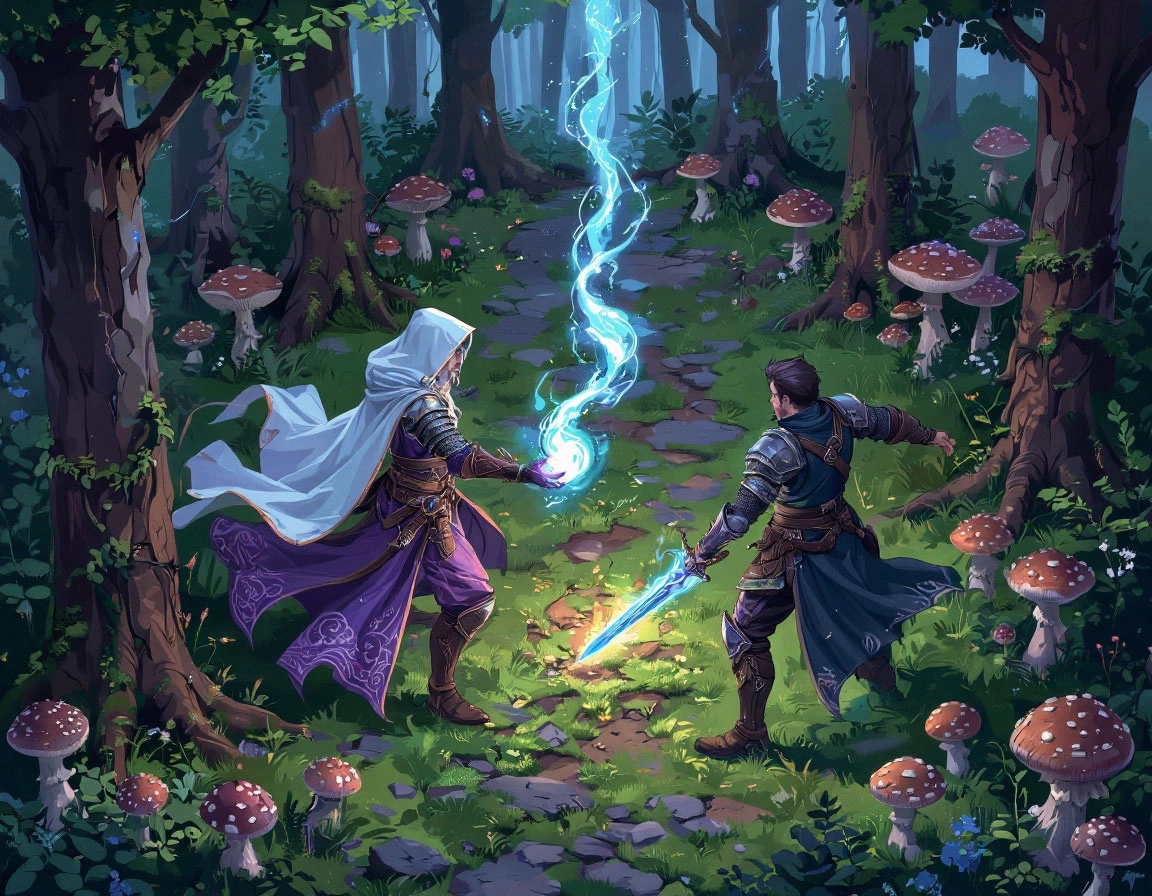
🔥 Divinity: Original Sin — 70 Hours of Tactical Chaos
I played the first game in co-op, using a mage/warrior combo, while my friend ran a mage/archer. Surprisingly, melee attacks felt more effective than elemental magic for most of the game, especially against enemies who could one-shot you from a distance. The world is filled with class variety, gear, and a clever skillbook system where spells are learned by finding or buying books. However, the narrative structure threw me off at first. You begin as a simple detective and end up... saving the world. A wild leap in career trajectory.
Quests don't hold your hand, which is refreshing. There are no generic fetch quests — instead, you're solving mysteries, unlocking secret rooms behind paintings, or puzzling over button sequences to open hidden doors. Sometimes, failing to protect a key NPC in a fight can permanently block quest progression. Brutal but immersive. One of the quirkiest quests involved passing a necromancy exam given by a talking skeleton — I failed due to a mix of missing books and logic that didn’t align with the undead examiner’s. Another favorite? A lonely troll who missed his storyteller friend, and we had to convince a barmaid to visit him.
Boss fights truly shine. Each encounter has unique mechanics, like an ice elemental that changes its attack element every few turns, requiring serious adaptation from the party. Despite its aging visuals and a few bugs — including random unequipped gear mid-battle or inaccurate health bars — the game’s systems are deep and rewarding. A solid 4.5/5.
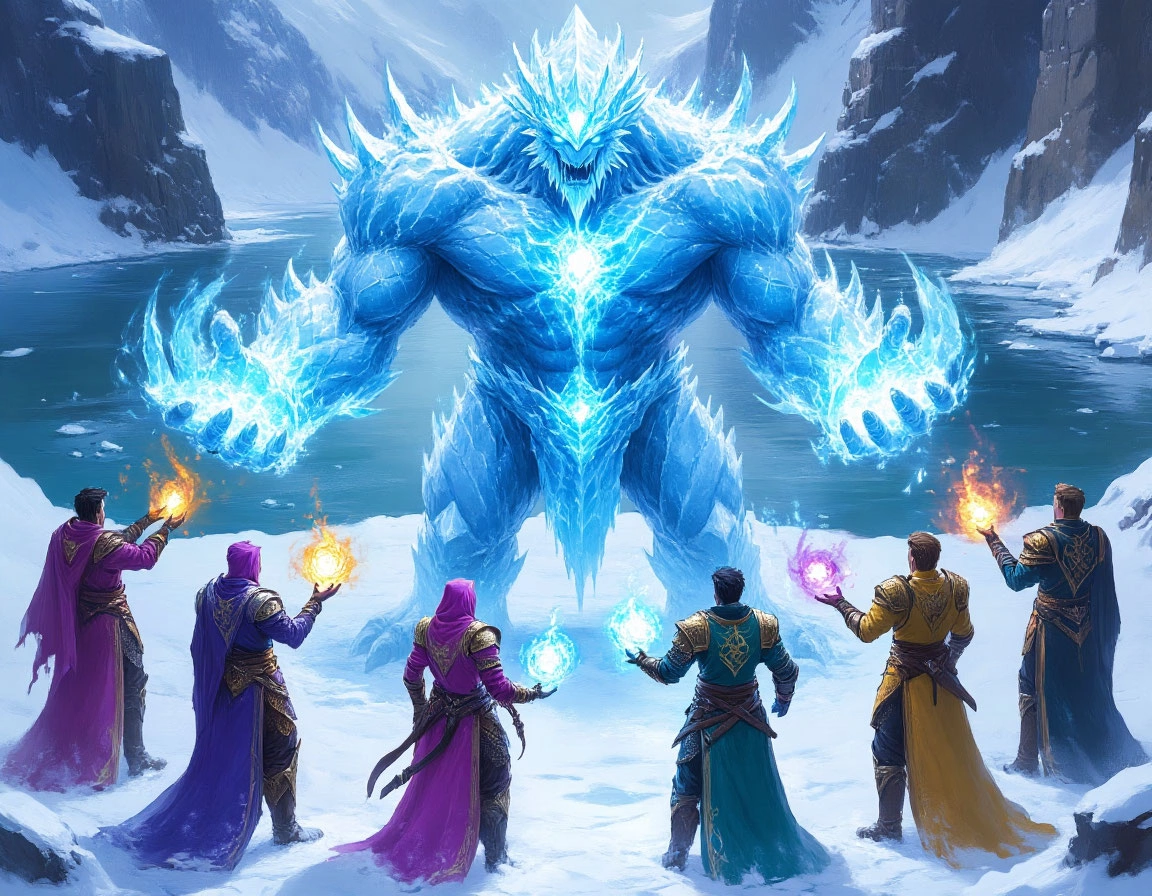
🧝♂️ Divinity: Original Sin II — A Worthy Sequel (74 Hours In)
Fresh off the first game, we jumped into part two with new builds: I kept my mage, but the warrior now used summoning and metamorph skills. Summons adapt their element based on the ground — a cool upgrade. Movement was faster, and the graphics were finally eye-pleasing.
Story-wise, you’re once again tasked with ascending to godhood, racing against other Chosen Ones backed by different deities. All choices lead to only one divine victor — though positive party relations let your allies remain in your retinue. Quests retained the complexity, but were more manageable. Gone were the insane button puzzles. The writing retained Larian’s trademark humor — like choosing sides between a dog and a cat who both believed their owner loved them more. Spoiler: saying “equally” wasn’t an option.
However, the sheer volume of quests got chaotic. I often resolved a quest without realizing it, only to get the reward hours later from a random NPC. This narrative jumble made it hard to follow some plotlines. Gameplay-wise, the core remained, but now featured “memory slots” limiting how many skills you could equip. More powerful ones used 2–3 slots. A new resource, Source Points, enabled stronger abilities and was replenished via special teachers or by absorbing it from enemies — and vice versa. A major change was the armor system: characters now have physical and magical armor that blocks status effects. If you try to stun someone with magic while they still have magical armor — nothing happens. Only when it’s gone do debuffs apply. Smart, but adds another tactical layer. Sadly, the dialogue system got simplified. Gone were the fun rock-paper-scissors showdowns from part one. Now, it’s based on persuasion stats — like Fallout 4. Disappointing.
The AI improved, targeting active threats instead of stunned allies, and flanking lone characters. Still, crafting remained underwhelming — too weak by mid-game, when better loot drops naturally. And yes, the bugs returned. Missing gear mid-battle? Check. Server issues that delayed my co-op sessions for 20 minutes at a time? Also check. Magically, it fixed itself 30 hours later. Classic.
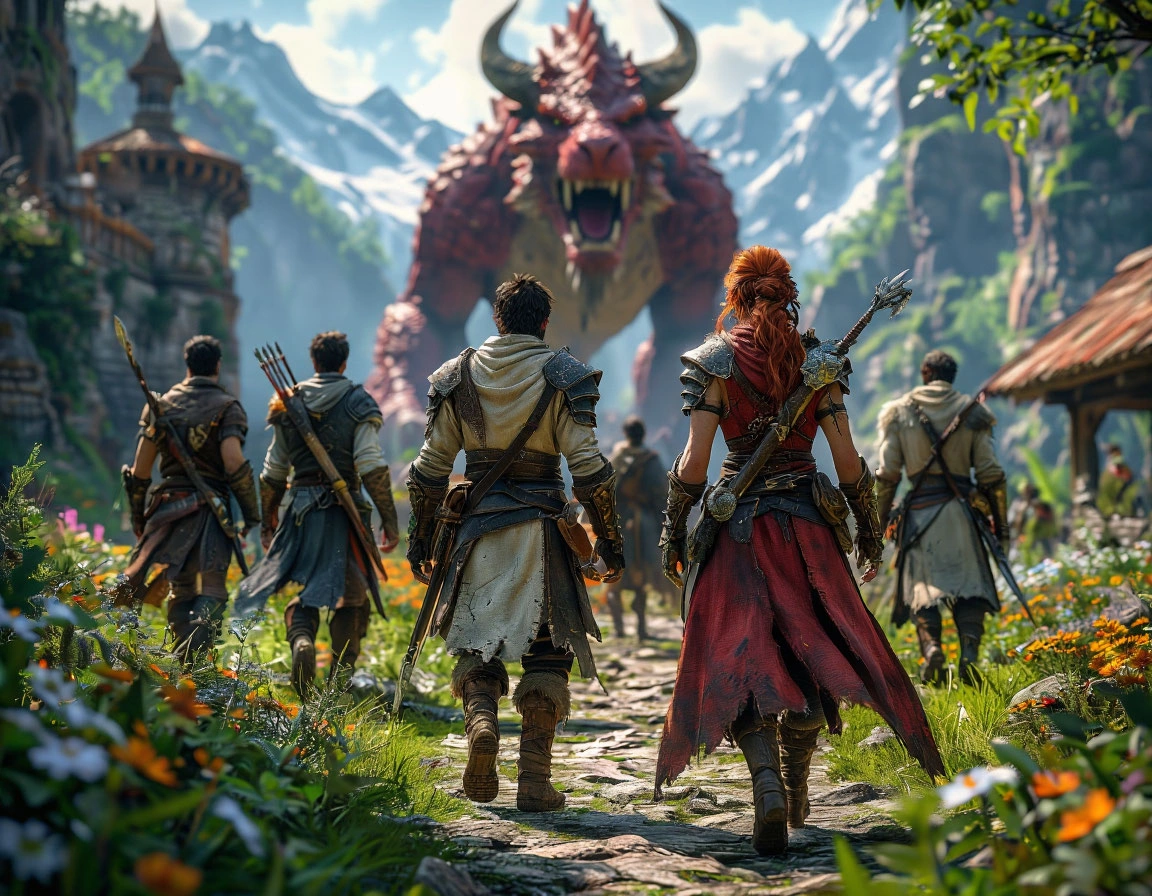
🌟 Final Verdict
Both games delivered complex, rewarding RPG experiences. I loved the challenging quests, unique fights, and the co-op storytelling — even with bugs and a few mechanical missteps.
Rating: 4.5/5 for both titles.
Absolutely worth playing. And yes, I’m counting the days until Larian announces Divinity III.
🎯 What to Expect from This Blog
Gaming for me isn't just a hobby — it's a rhythm, a ritual, a source of joy. Every year I play around 12–15 new titles while returning to my all-time favorites. Some games are for the challenge, some for the story, and some — like Civilization VI — for those endless nights with friends in co-op mode. In this post, I’ll focus on the games I’m most hyped about in 2025. In future entries, I’ll share reviews of what I’ve actually played.
🏛️ Sid Meier’s Civilization VII
The legacy continues — will VII live up to its roots? My journey with Civilization started on the original PlayStation. At the time, I barely understood the mechanics, but commanding armies and watching cities grow was enough to hook me. Now, with over 500 hours in Civ VI, this franchise remains close to my heart. Civilization VII is rumored to blend elements of Civ VI with Humankind — a fusion that has potential to redefine the genre.
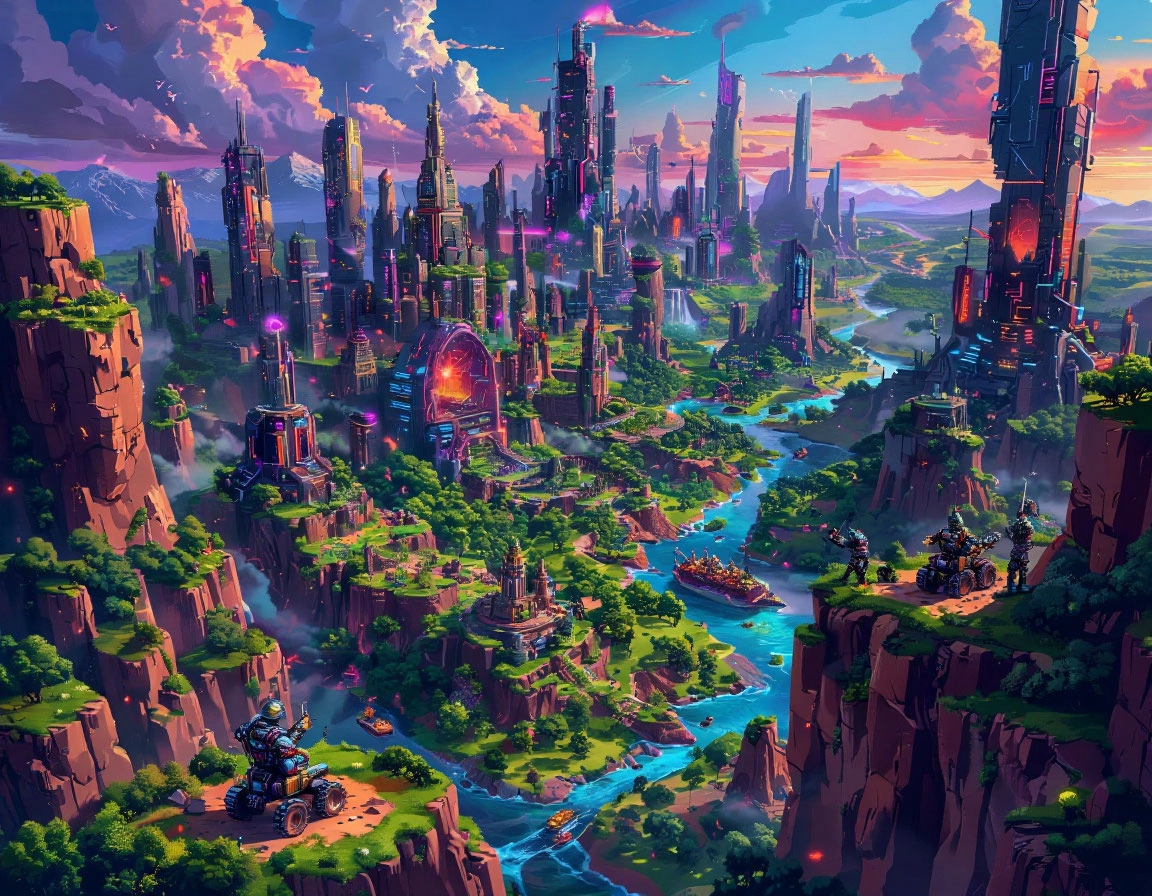
🐉 Monster Hunter Wilds
Gear up for the hunt — again. I fell in love with the series after World. Hundreds of hours, countless builds, and endless hunts later, it’s still one of my favorite co-op experiences. I’m currently finishing Rise, and Wilds is next in line. Its expansive ecosystems, intricate combat, and vast gear customization promise a truly immersive monster-hunting adventure.
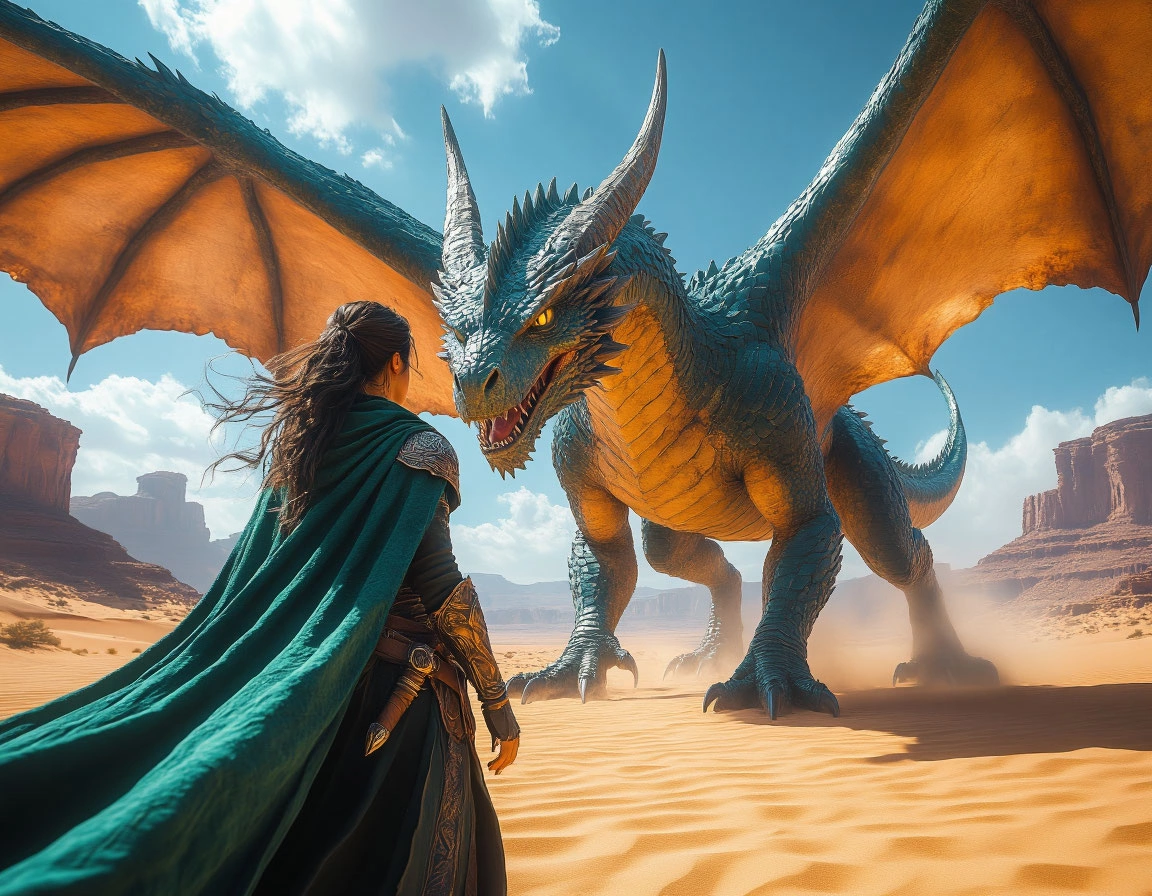
✨ Split Fiction
From the creators of It Takes Two — and I can’t wait. If you’ve played A Way Out or It Takes Two, you know Hazelight Studios delivers one-of-a-kind co-op storytelling. Split Fiction dives into imaginative worlds created by the characters themselves. It’s interactive, collaborative, and emotionally rich. I’m counting down the days to play this one with a close friend.
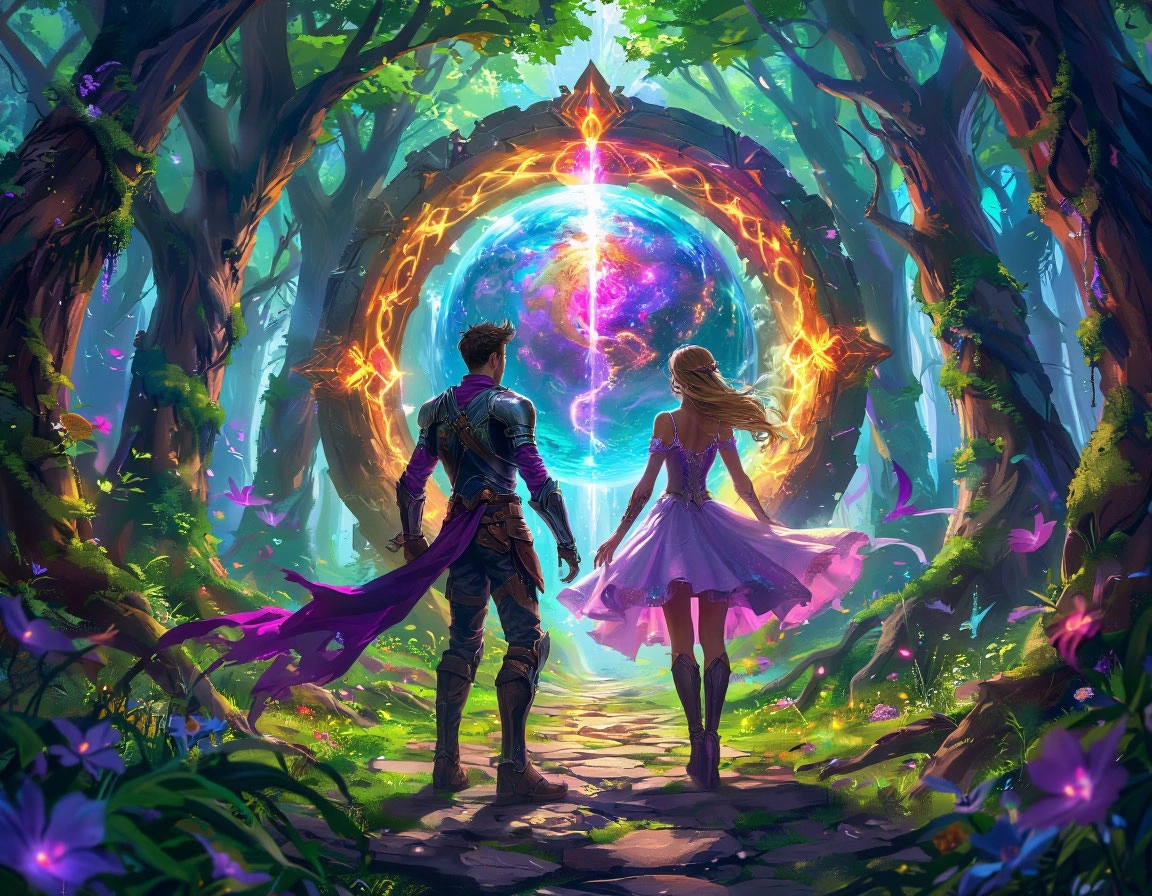
🦴 Lies of P: DLC
Back to the haunting beauty of Krat. The original Lies of P was a brilliant reimagining of the Pinocchio tale with Soulslike elements. I earned the platinum and still want more. The DLC promises new horrors, deeper lore, and more brutal combat. If you missed the original — now’s your chance.
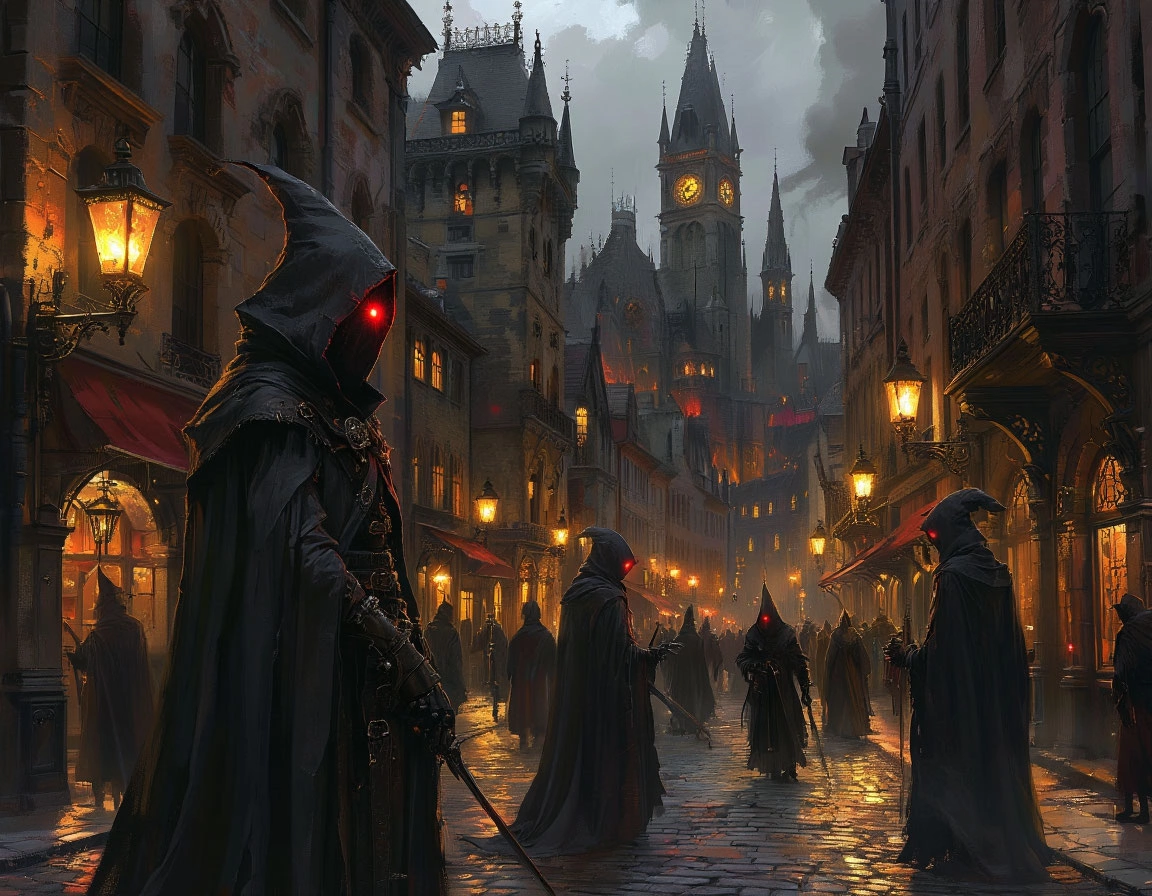
🚀 Directive 8020
Next stop: horror in space. The Dark Pictures Anthology has always fascinated me, especially Little Hope. Directive 8020 brings that tension into space, where isolation and mystery thrive. I’m expecting tough choices, terrifying consequences, and plenty of replay value.

🧟 Dying Light: The Beast
Parkour, panic, and post-apocalypse. Kyle Crane returns in what may be one of the most anticipated zombie sequels in years. I loved the first Dying Light for its parkour and gritty survival atmosphere. While the plot wasn’t its strongest suit, the thrill of nighttime chases more than made up for it. Curious to see where they take Crane after the dramatic ending of The Following.
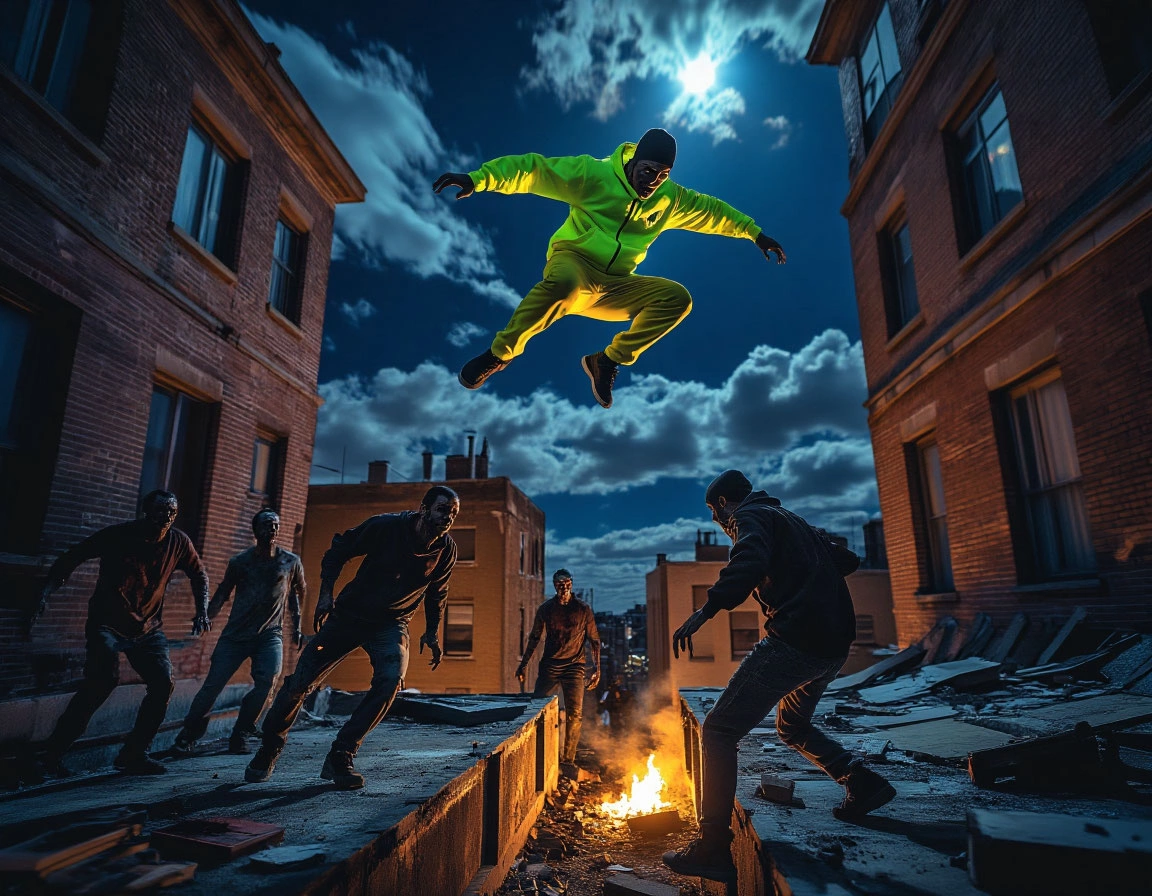
🌙 Elden Ring: Nightreign
Miyazaki does it again. An unexpected gift — a new Souls experience with battle royale twists? Sign me up. I’m eager to see how Nightreign balances the traditional FromSoftware difficulty with new multiplayer elements. Bonus: we’ll meet familiar bosses in new forms.
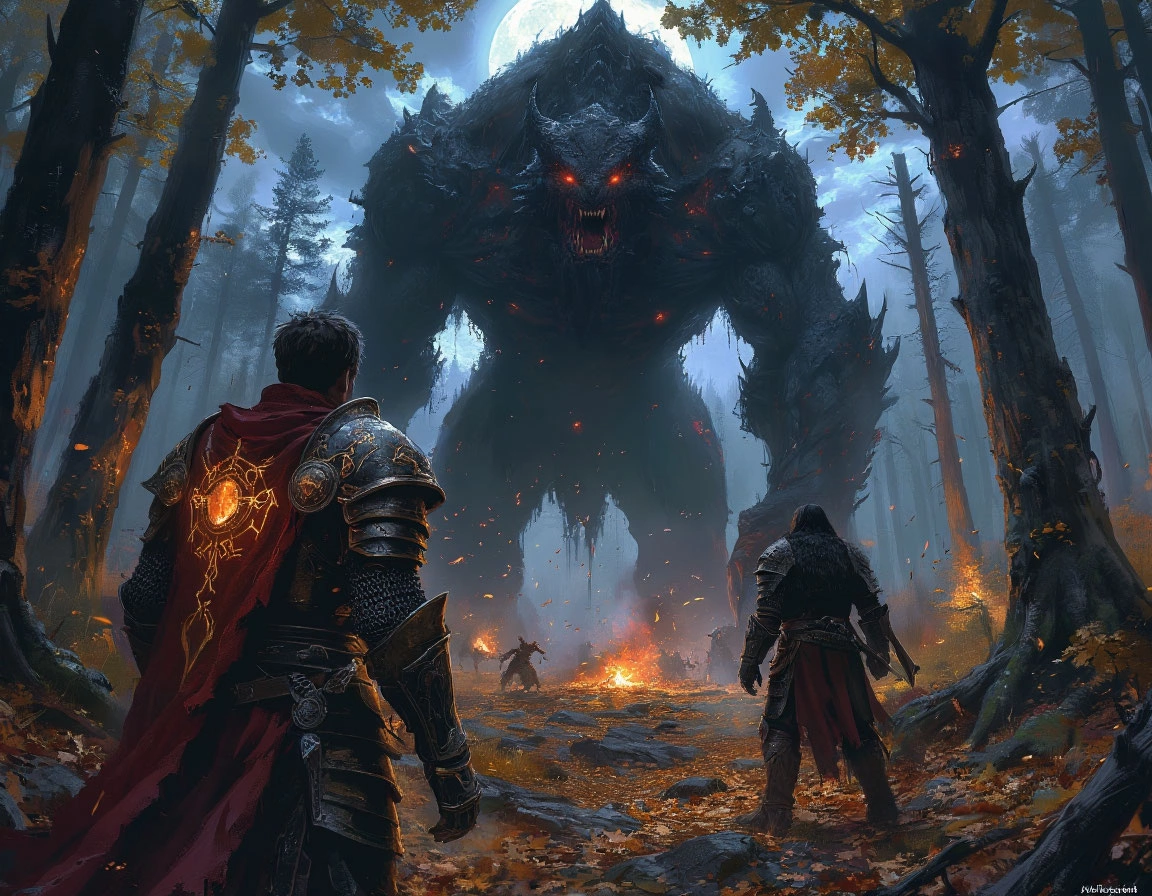
🛡️ Heroes of Might & Magic: Olden Era
Return to strategy’s golden age. I spent my childhood playing HoMM III. The newer entries never quite hit the same notes for me. So when I heard about Olden Era going back to its roots — classic mechanics, stunning 2D visuals, and turn-based mastery — I was thrilled.
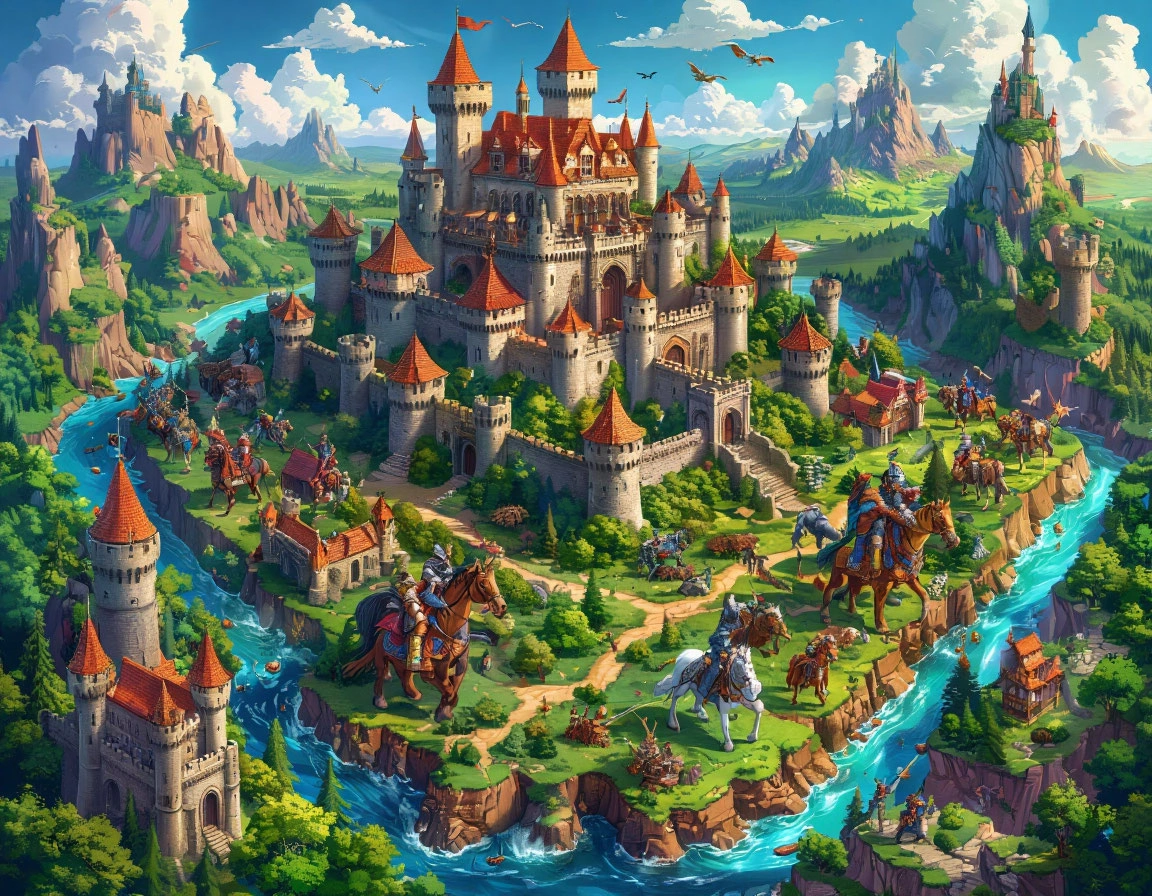
🎮 Wrapping Up
2025 promises a phenomenal lineup. Whether you’re into deep strategy, co-op narratives, survival horror, or massive MMOs — there’s something for everyone. My goal is to savor every experience and share my thoughts along the way. Let’s see where this year takes us!
August 2025 will be a defining month for gamers worldwide. From August 20 to 24, Gamescom 2025 will take place in Cologne, Germany — Europe’s premier video game event, bringing together developers, publishers, media, and fans from around the globe The event will kick off with the much‑anticipated “Opening Night Live” and feature hands‑on demos, panels, VR experiences, indie showcases, and discussions on sustainable gaming and cyber technologies . Across five vibrant days, Gamescom will offer both industry insights and fan‑driven attractions: cosplay parades, live streams, influencer meet‑ups, and thousands of excitable gamers.
One month earlier, from July 7 to August 24, Esports World Cup 2025 will unfold in Riyadh, Saudi Arabia. This second edition, organized by the Esports World Cup Foundation, will host over 2,000 professional players representing 200 clubs from more than 100 countries, competing for a record-breaking prize pool exceeding $70 million — the largest in esports history
The EWC 2025 features 25 tournaments across 24 titles: League of Legends, Counter‑Strike 2, Street Fighter 6, Valorant, Fatal Fury: City of Wolves, chess, and more Highlights include the League of Legends tournament held from July 16 to 20, and the debut of chess as an esports discipline — with giants like Magnus Carlsen serving as ambassador Fighting game fans can also look forward to a Street Fighter 6 last‑chance qualifier from August 14 to 16, offering a $50,000 prize pool
Beyond competition, the event hosts the EWC Festival in Riyadh: a sprawling celebration integrating music, pop culture, exhibitions, cosplay, and family-friendly activities — aiming to firmly lodge Saudi Arabia in the global gaming and esports conversation
Together, Gamescom and the Esports World Cup paint a powerful picture of the digital entertainment landscape. Gamescom champions innovation, gaming trends, and immersive experiences, while EWC emphasizes competitive spirit, international collaboration, and historic prize money. From July to August, this twin dynamic forms a global summer marathon spotlighting the rapid evolution of digital culture and esports.
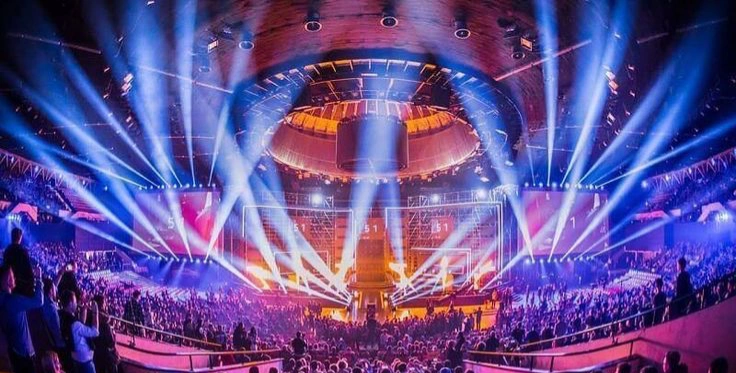
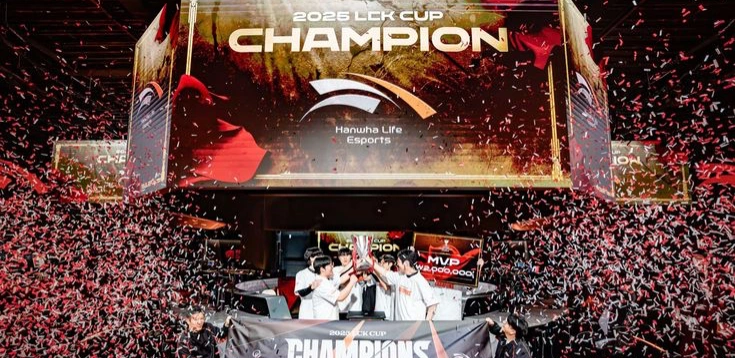
August 2025 is shaping up to be a defining month for gamers worldwide. From August 20 to 24, Gamescom 2025will take place in Cologne, Germany — Europe’s largest and most influential video game convention. Developers, publishers, industry leaders, content creators, journalists, and fans will gather under one roof to celebrate the future of interactive entertainment.
The event will kick off with the much-anticipated “Opening Night Live”, a high-energy showcase promising world premieres, surprise announcements, and exclusive reveals from major studios and indie developers alike. Over the following five days, attendees can expect a rich blend of industry insight and fan-focused experiences. These include:
- Hands-on gameplay demos of upcoming AAA and indie titles;
- Developer panels and technical talks on game design, AI, and immersive storytelling;
- Virtual reality zones and futuristic tech showcases;
- Sustainability in gaming forums and exhibitions on cyber innovation;
- Cosplay parades, live music, and community tournaments.
Gamescom 2025 will also embrace the growing synergy between gaming and digital culture. There will be dedicated spaces for streamers and influencers, along with interactive meet-ups, photo ops, and creator lounges. For fans who can't attend in person, the event will be broadcast globally via live streams, offering real-time access to major announcements, developer interviews, and stage shows.
But before Gamescom lights up Cologne, the global spotlight will be firmly fixed on Esports World Cup 2025, running from July 7 to August 24 in Riyadh, Saudi Arabia. This second edition of the tournament, organized by the Esports World Cup Foundation, aims to solidify its place as the ultimate competitive gaming event on the planet.
Featuring 25 tournaments across 24 titles, the EWC 2025 will bring together more than 2,000 professional players, representing over 200 clubs from 100+ countries, to compete for a jaw-dropping prize pool exceeding $70 million — the largest in esports history.
Highlights of the Esports World Cup 2025 include:
- The League of Legends main event from July 16 to 20, drawing top-tier teams from all regions;
- The debut of chess as an esports discipline, a historic moment supported by global icon Magnus Carlsen as ambassador;
- A thrilling Street Fighter 6 Last-Chance Qualifier, held August 14–16, with a $50,000 prize pool up for grabs.
Titles like Counter-Strike 2, Valorant, Street Fighter 6, and even legacy franchises like Fatal Fury: City of the Wolves will showcase the sheer diversity of genres and styles defining competitive gaming today.
With its record-breaking scale, elite talent, and global reach, the Esports World Cup 2025 is more than a tournament — it’s a celebration of gaming as a unifying, international language. Fans around the world will follow the action live, while Riyadh becomes the epicenter of digital sports, innovation, and community engagement.
From the thunderous cheers of esports arenas to the creative pulse of Gamescom’s show floors, summer 2025 promises to redefine the future of gaming — one epic moment at a time.